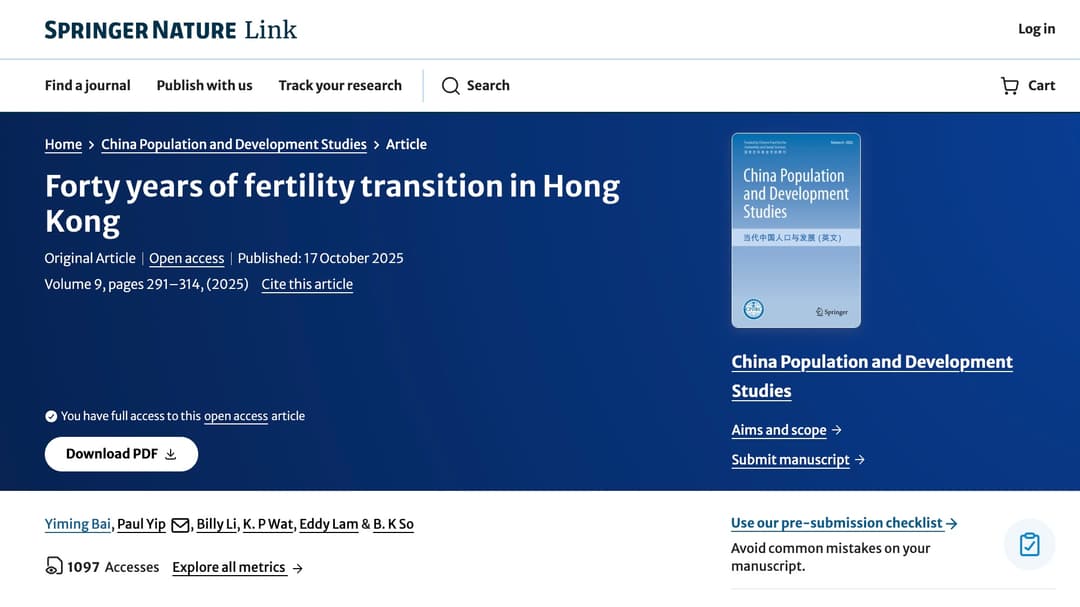Global News
Japan’s Birth Rate Falls to Historic Low, Signaling Deepening Demographic Crisis
Japan records fewer than 700,000 births for first time since 1899
11 MIN READ
By Timmy
Published:
| Updated:
Japan recorded its lowest-ever number of births in 2024, with just 686,061 babies born, the first time the figure has dipped below 700,000 since records began in 1899, according to the Ministry of Health, Labour and Welfare. The fertility rate also fell to a record low of 1.15 children per woman, intensifying concerns about the nation’s aging population and shrinking workforce.
The data, released on June 4, 2025, marks a 5.7% decline from 2023’s 727,061 births, outpacing government projections by 15 years. The National Institute of Population and Social Security Research had not expected births to fall to this level until 2039. “This is a wake-up call,” said Dr. Hiroshi Yoshida, a demographer at Tohoku University. “Without bold action, Japan’s demographic decline will reshape its economy and society.”
A Steep Decline
Japan’s birth rate has been sliding for decades. The post-war baby boom peaked in 1973 with 2.09 million births, but numbers have steadily dwindled: below 1 million in 2016, under 800,000 in 2022, and now below 700,000. The fertility rate, which stood at 4.5 in the 1950s, dropped below the replacement level of 2.1 in the 1970s and has since hovered around 1.3 to 1.4 until recent years.
Regional disparities are stark. Tokyo recorded the lowest fertility rate at 0.96, followed by Miyagi (1.00) and Hokkaido (1.01), while Okinawa’s rate of 1.54 remains the highest. “Urban areas face intense economic and social pressures,” said Yoshida, pointing to high living costs and demanding work cultures.
Root Causes
Economic stagnation is a key driver. Young adults in their 20s earn an average of US$17,000 to US$20,000 annually, unchanged for a decade despite rising costs. Childcare for two children can consume nearly half a couple’s income, compared to 30% in the US. Education costs, including public school tuition, further strain families.
Social factors are equally significant. Marriage rates have plummeted, with 11% of women and 20% of men aged 50 never married by 2010. Traditional gender roles persist: women spend 27 hours a week on household tasks, compared to just 3 hours for men





